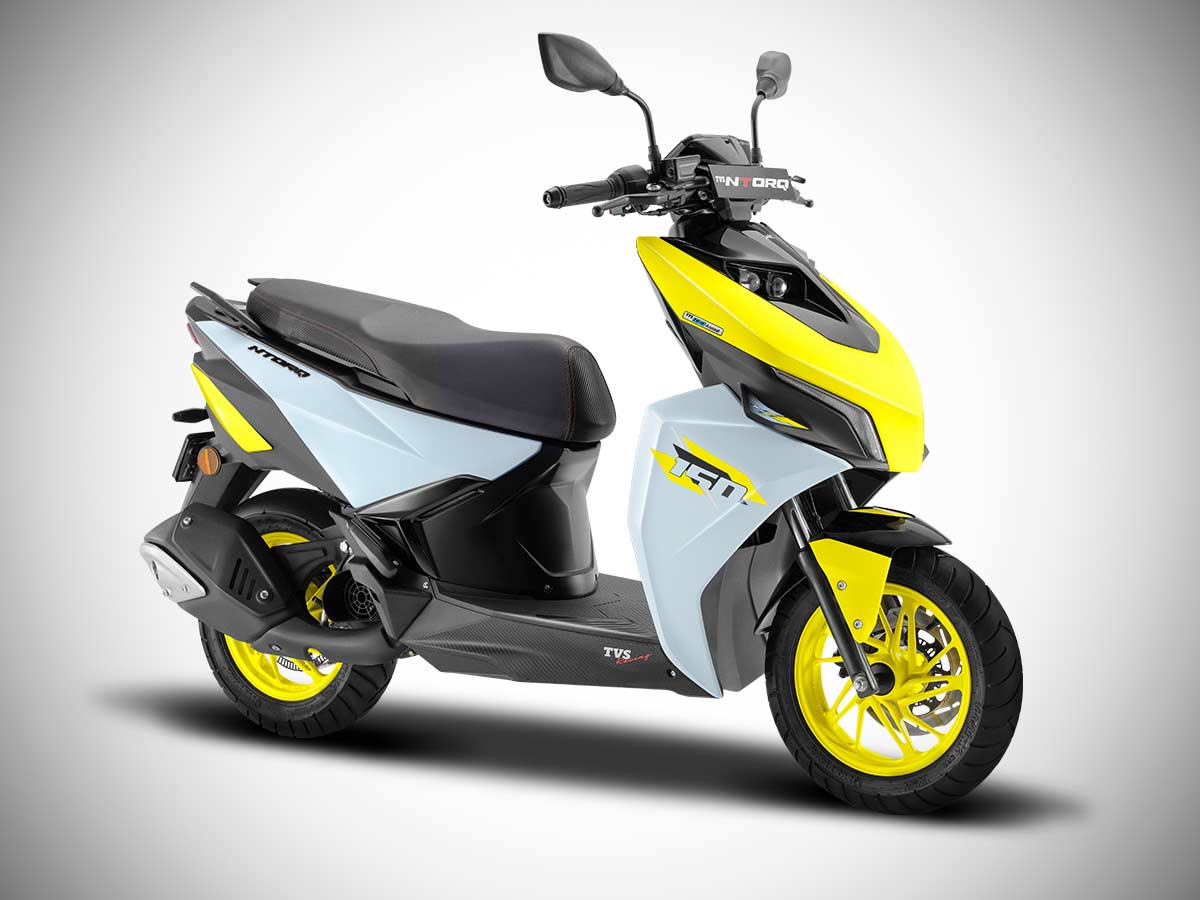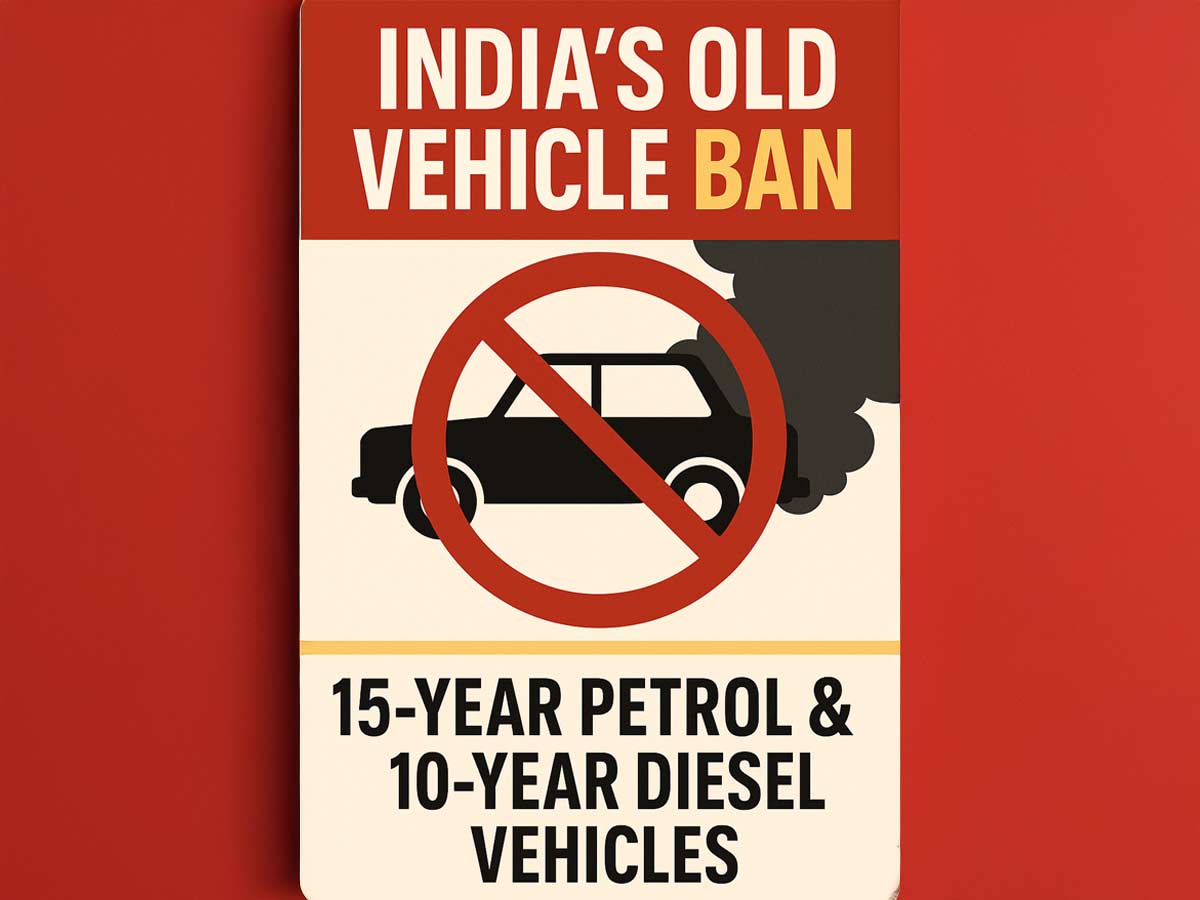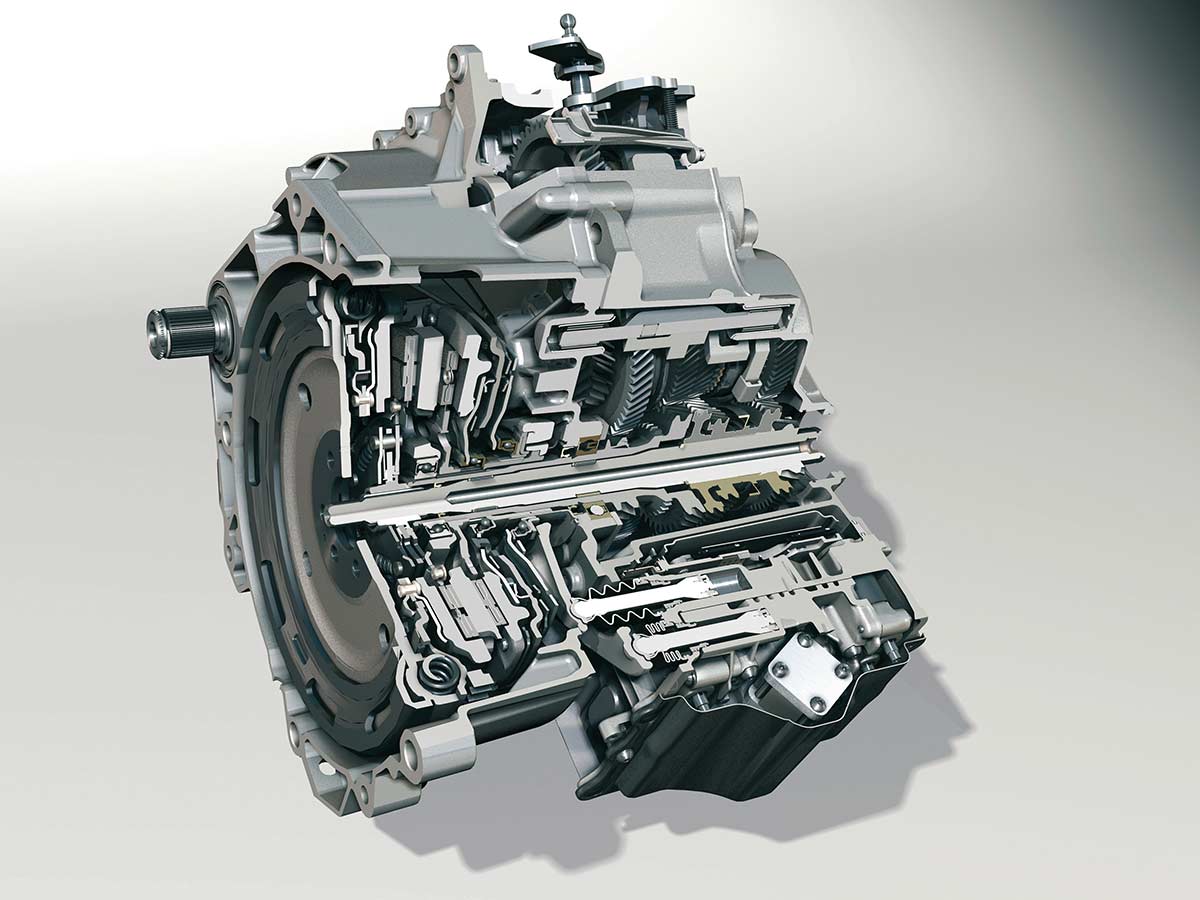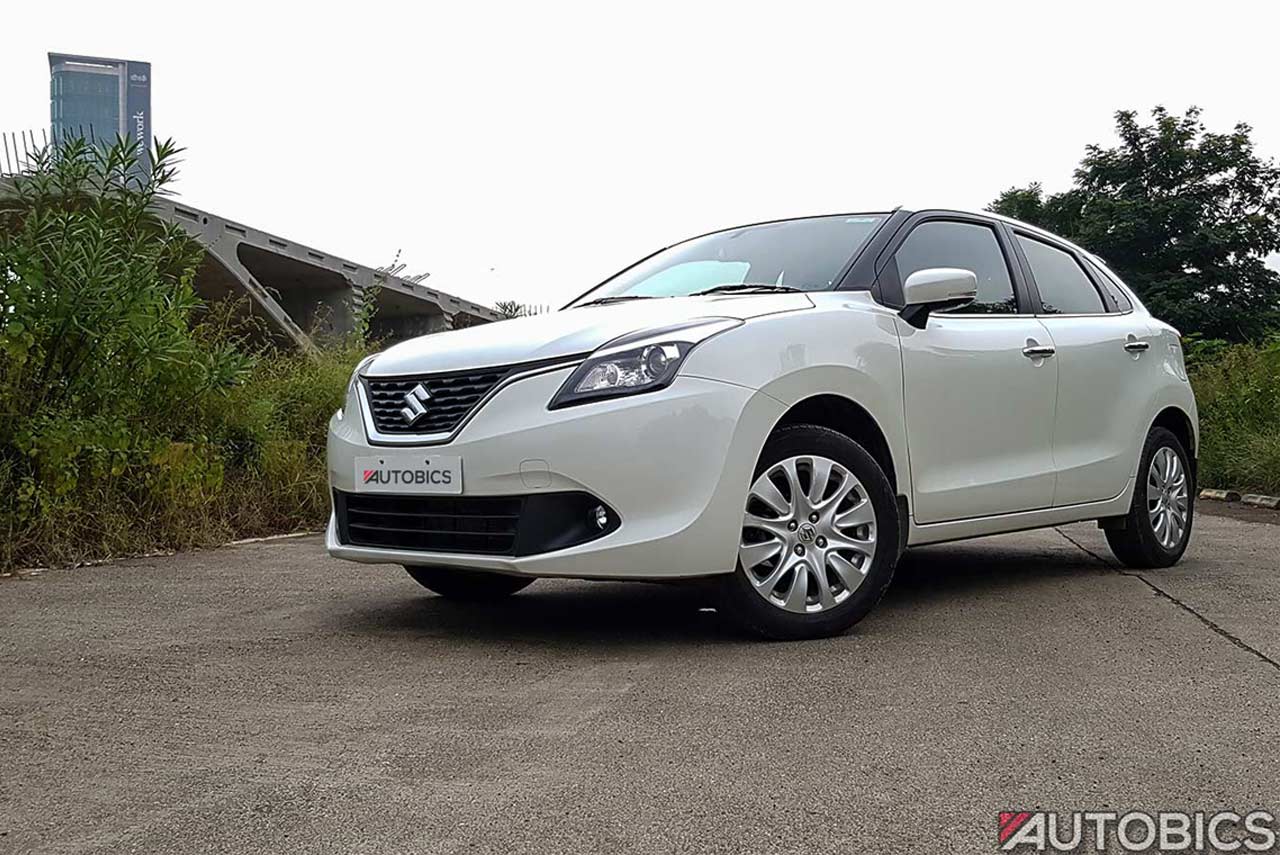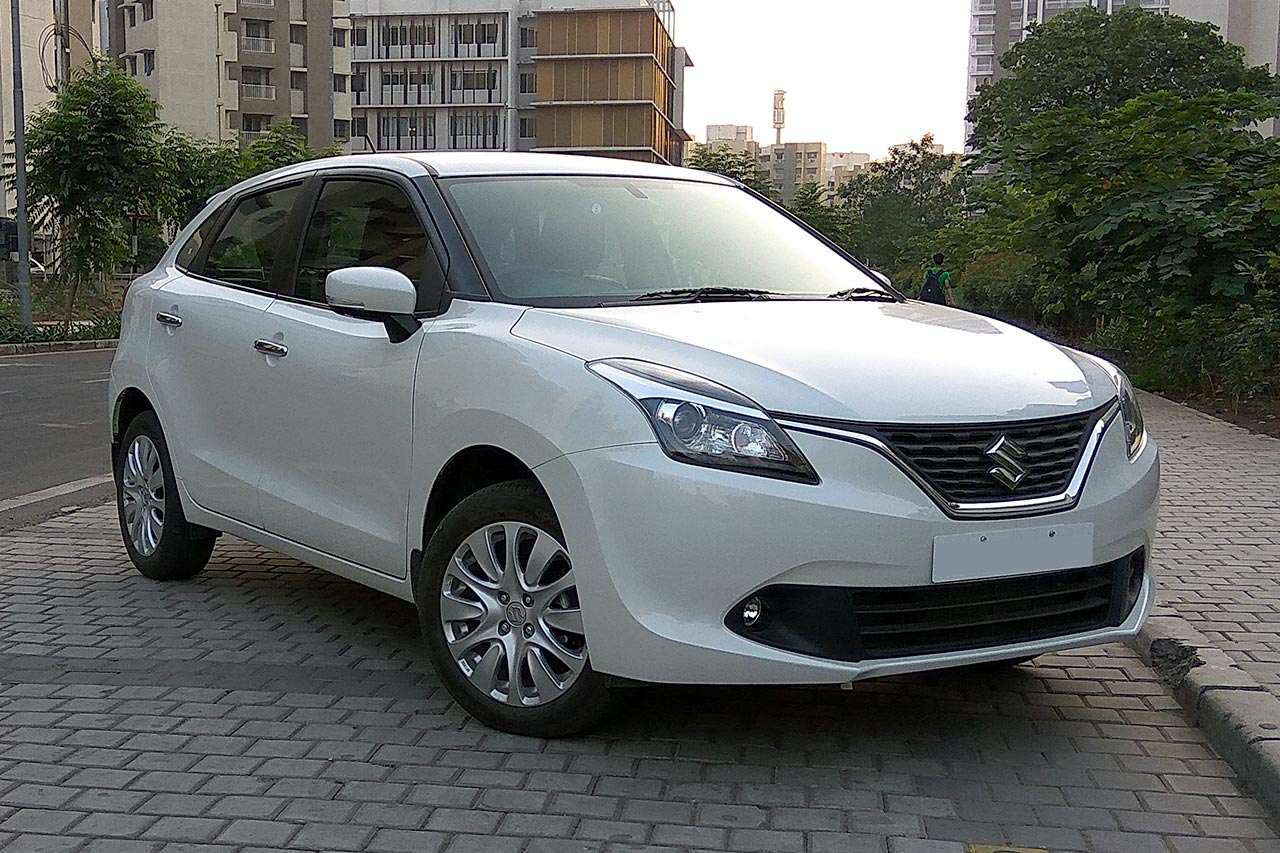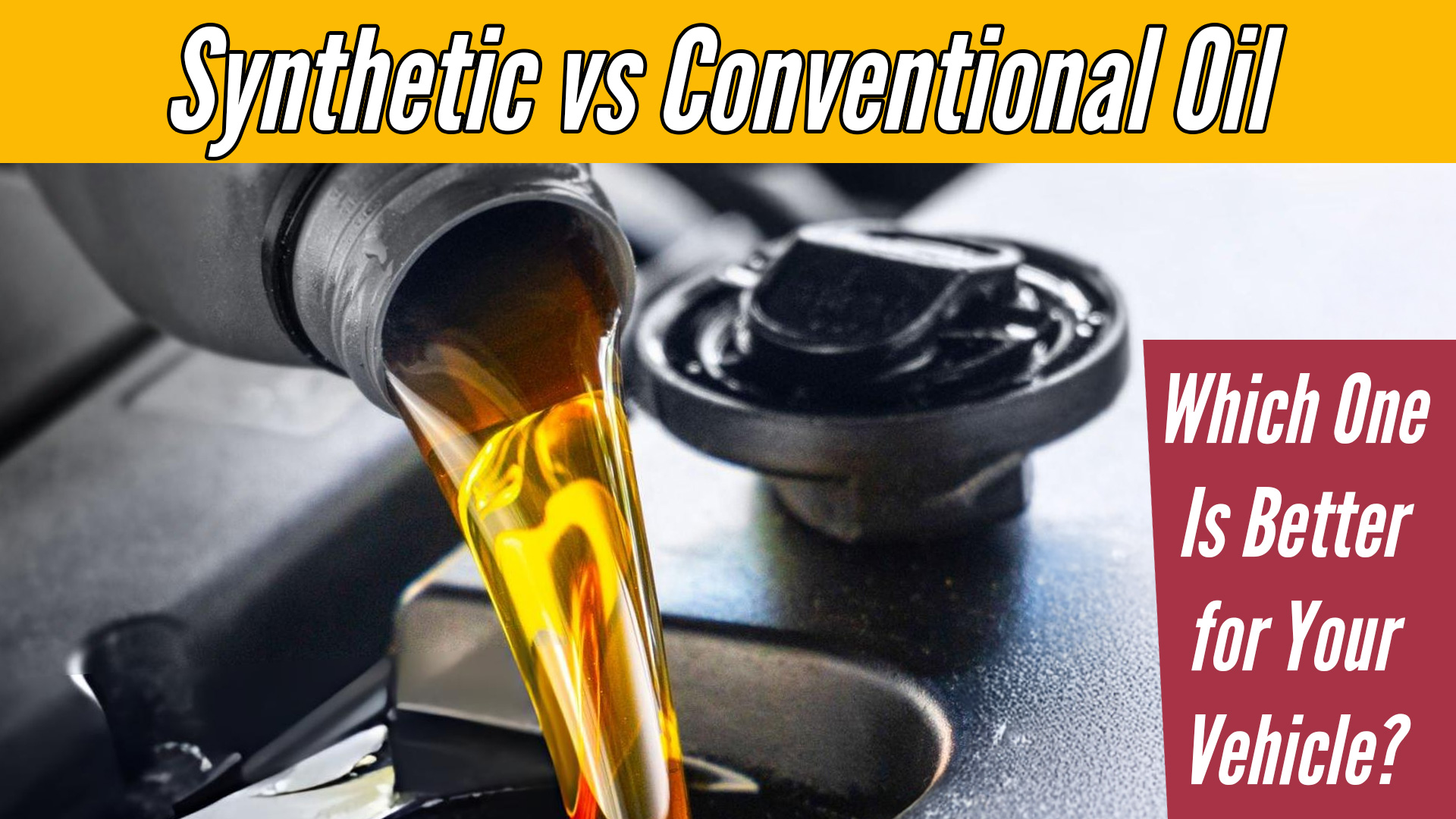The automotive industry, with its global and complex supply chains, faces unique challenges that necessitate robust supply chain risk management (SCRM). Effective SCRM is crucial for maintaining competitiveness, ensuring seamless production, and delivering high-quality products to customers. As the industry evolves, driven by regulatory demands, technological advancements, and geopolitical shifts, a comprehensive approach to identifying, assessing, and mitigating risks becomes indispensable.
>>> Great Discounts on Car & Bike Accessories <<<

Understanding Supply Chain Risk in the Automotive Industry
The automotive industry’s supply chain is a vast, intricate network involving thousands of suppliers across different tiers and regions. This complexity exposes the industry to a wide range of risks:
- Supplier Failure: Financial instability among suppliers, particularly smaller Tier 2 and Tier 3 entities, can lead to significant disruptions. A 2023 study revealed that around 12% of automotive suppliers were facing financial distress, highlighting the ripple effects that a single supplier’s failure can have on the entire supply chain.
- Geopolitical Risks: Political instability, trade restrictions, and tariffs can severely impact supply chains. The ongoing trade tensions between the U.S. and China and the consequences of Brexit have disrupted supply chains, making diversified sourcing strategies increasingly important.
- Natural Disasters and Pandemics: Events like earthquakes, floods, and global health crises such as COVID-19 can halt production and create severe shortages of critical components. The 2021 semiconductor shortage, amplified by the pandemic, caused an estimated $210 billion revenue loss for automakers globally, underscoring the need for resilient supply chains.
- Regulatory Compliance: Stringent environmental regulations, such as the European Union’s CO2 emissions targets, require manufacturers to source sustainable materials and adopt green practices. Non-compliance can result in hefty penalties and loss of market share.
- Cybersecurity Threats: With the rise of connected vehicles and smart factories, the automotive industry is increasingly vulnerable to cyberattacks. A 2022 report found that 30% of automotive companies experienced cyberattacks targeting their supply chains, leading to operational disruptions and data breaches.
Key Strategies for Effective Supply Chain Risk Management
To navigate these challenges, automotive companies must implement robust SCRM strategies. Here are some of the most effective approaches:
- Diversification of Suppliers: Diversifying the supplier base mitigates the risk of supplier failure or geopolitical disruptions. This includes sourcing from multiple geographic regions and building relationships with secondary suppliers. Major automakers like Toyota and Ford have increasingly turned to Southeast Asia as an alternative to Chinese suppliers to reduce geopolitical risks.
- Advanced Analytics for Predictive Insights: Leveraging big data and predictive analytics enables automotive companies to anticipate potential disruptions. By analyzing factors such as weather patterns, market trends, and political developments, manufacturers can adjust their procurement strategies proactively.
- Collaborative Risk Management: Strengthening relationships with suppliers through collaborative risk management practices ensures better communication and alignment on risk mitigation strategies. This can include joint risk assessments, shared contingency planning, and continuous monitoring of supplier performance.
- Investment in Cybersecurity: Protecting the digital aspects of the supply chain is crucial. Companies should invest in robust cybersecurity measures, including blockchain technology for secure and transparent supply chain transactions. This can prevent unauthorized access and ensure data integrity across the supply chain.
- Sustainable Sourcing and Compliance: Meeting regulatory requirements while maintaining supply chain resilience involves sourcing sustainable materials and adopting environmentally friendly practices. Leading automakers are increasingly using recycled materials and renewable energy in their supply chains to comply with regulations and enhance brand value.
- Supply Chain Visibility: Achieving end-to-end visibility in the supply chain allows companies to quickly identify and address potential disruptions. The use of Internet of Things (IoT) devices, real-time tracking systems, and digital twin technology provides a comprehensive view of the supply chain, enabling quicker responses to emerging risks.

Case Studies: Successful Supply Chain Risk Management in the Automobile Industry
- Toyota’s Lean Supply Chain: Toyota’s approach to supply chain management, often referred to as “Just-in-Time” (JIT), minimizes inventory costs and reduces waste. Despite some vulnerabilities exposed by natural disasters, Toyota has continuously refined its strategy by incorporating risk buffers and enhancing supplier collaboration.
- Ford’s Response to the Semiconductor Shortage: During the global semiconductor shortage, Ford implemented a strategic pivot by partnering with chip manufacturers to secure supply. They also redesigned some of their vehicles to use alternative chips, showcasing the importance of flexibility in risk management.
- Volkswagen’s Sustainable Sourcing Initiative: Volkswagen has made significant strides in sourcing sustainable materials, such as recycled steel and aluminum, to meet stringent EU regulations. This initiative not only mitigates regulatory risks but also positions the company as a leader in sustainable automotive manufacturing.
Emerging Trends in Supply Chain Risk Management
The automotive industry is increasingly adopting innovative tools and strategies to address supply chain risks. Key emerging trends include:
- Supply Chain Visibility Platforms: End-to-end visibility is essential for proactive risk management. Platforms powered by AI and IoT enable real-time tracking and monitoring of materials, components, and products throughout the supply chain. According to a Gartner survey, 72% of automotive companies plan to invest in visibility solutions by 2025. GM has implemented a digital supply chain visibility platform that uses AI and predictive analytics to monitor supplier risks in real-time. This platform has enabled GM to reduce lead times by 25% and significantly improve its response to potential disruptions.
- Supply Chain Finance (SCF): SCF is becoming a critical tool to mitigate financial risks within the supply chain. By offering financial products like reverse factoring, SCF helps stabilize suppliers’ cash flows, ensuring they can continue operations without disruption. The World Supply Chain Finance Report 2023 projects an 18% annual growth in the SCF market, with the automotive sector playing a significant role. BMW’s robust supply chain finance program allows suppliers to access early payments at favorable rates. This initiative has helped BMW secure its supply chain, particularly among smaller suppliers, reducing the risk of disruptions due to financial instability.
- Blockchain for Enhanced Traceability: Blockchain technology is increasingly being adopted in the automotive supply chain to enhance transparency and traceability. A decentralized ledger ensures that all transactions are secure, traceable, and immutable, reducing risks related to fraud, counterfeiting, and compliance breaches. Renault’s blockchain project tracks the compliance of automotive components across its supply chain. This initiative ensures regulatory compliance and enables Renault to quickly trace and resolve any issues within the supply chain.
- Circular Economy and Sustainable Sourcing: The shift towards a circular economy is driving automakers to rethink their supply chains, focusing on recycling, reuse, and sustainable sourcing. A 2023 study by the Ellen MacArthur Foundation reported that circular economy practices in the automotive industry could reduce carbon emissions by up to 70% by 2030. Volvo has committed to becoming a fully circular business by 2040. The company is investing in sustainable materials and designing vehicles that can be easily disassembled and recycled. This approach meets regulatory demands and reduces supply chain risks associated with raw material scarcity.
- AI and Machine Learning for Predictive Analytics: AI and machine learning are revolutionizing SCRM by providing predictive analytics that forecast potential disruptions. These technologies analyze vast amounts of data, including weather patterns, geopolitical events, and supplier performance, to offer early warnings and actionable insights. Dr. Hau Lee, a supply chain expert from Stanford University, notes, “The integration of AI and machine learning into supply chain management is not just a trend but a necessity. These technologies enable companies to anticipate disruptions before they occur and take proactive measures to mitigate risks.”

Future Outlook and Industry Insights
The future of supply chain risk management in the automotive industry will be shaped by several key factors:
- Reshoring and Nearshoring: Driven by the need to reduce dependency on distant suppliers and minimize geopolitical risks, the trend of reshoring and nearshoring is expected to accelerate. A 2024 KPMG survey indicated that 48% of automotive executives are considering bringing production closer to home in the next five years to enhance supply chain resilience.
- Increased Collaboration Across the Supply Chain: Collaboration between automakers and their suppliers will become increasingly important. By sharing data and resources, companies can jointly address risks and improve overall supply chain performance. Collaborative platforms, such as supplier portals and joint risk assessment tools, are expected to see widespread adoption.
- Sustainability as a Core Strategy: Sustainability will become a fundamental aspect of supply chain risk management. Automakers will increasingly focus on sustainable sourcing, reducing carbon footprints, and adopting circular economy practices to mitigate long-term risks. Lisa Butters, General Manager of GoDirect Trade at Honeywell, emphasizes, “Sustainability and resilience are two sides of the same coin. As the automotive industry moves towards a more sustainable future, companies that embed sustainability into their supply chains will not only reduce risks but also unlock new opportunities for growth.”
- Investment in Digital Twins: Digital twin technology, which creates a virtual model of the supply chain, is gaining prominence. By simulating different scenarios, digital twins allow companies to test the impact of potential disruptions and develop real-time contingency plans. Daimler has been a pioneer in using digital twins to manage its supply chain. The company’s digital twin platform has enabled it to simulate and mitigate risks associated with supplier disruptions, leading to a 20% reduction in production delays.
Conclusion
Supply chain risk management is critical for success in the automotive industry. As the sector faces increasing challenges from geopolitical shifts, technological advancements, and regulatory pressures, companies must adopt proactive and innovative strategies to manage risks effectively. By diversifying suppliers, leveraging advanced analytics, investing in cybersecurity, and committing to sustainable practices, automotive manufacturers can build resilient supply chains that withstand disruptions and deliver long-term value. The future of SCRM in the automotive sector will be shaped by technological advancements and a greater emphasis on sustainability, demanding continuous adaptation and strategic foresight from industry leaders.




